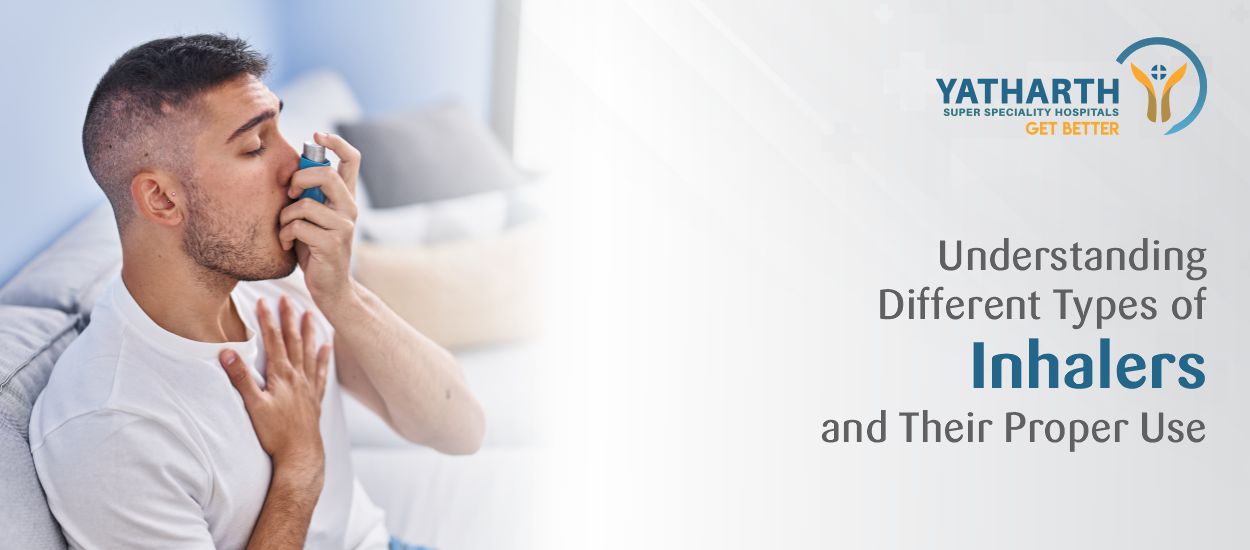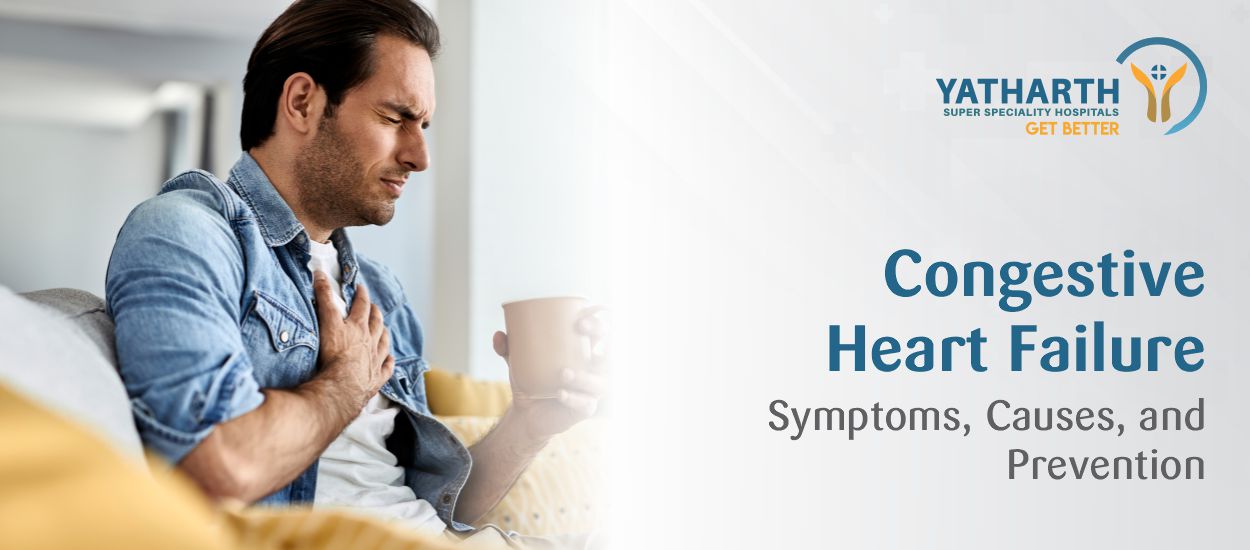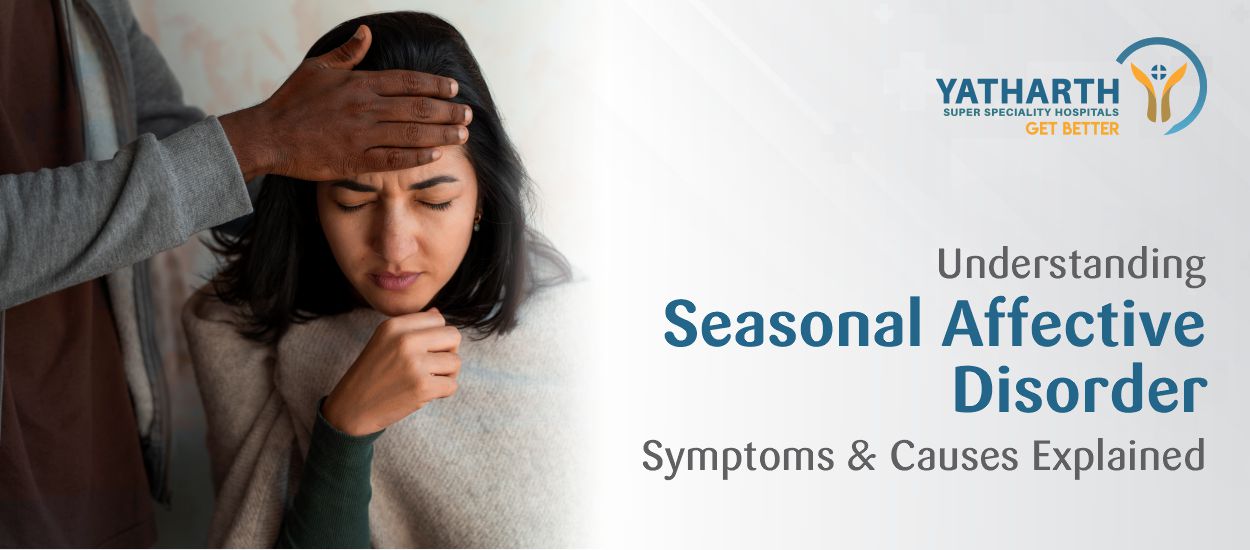Overview
Inhalers are portable, handheld devices that deliver medications via your mouth directly to the lungs. The various types comprise metered dose, dry powder and soft mist inhalers. They are usually used to treat asthma and COPD (Chronic Obstructive Pulmonary Disease). However, some doctors prescribe inhalers to treat other conditions too. These help open your airways and minimise inflammation in the lungs.
Finding the right inhaler and using it properly is important to treat or prevent asthma attacks. Only use an inhaler prescribed by the doctor, who will show you the right way to use this device. Doctors could prescribe inhalers for respiratory ailments other than asthma. These include rescue inhalers or inhaled corticosteroids. Inhaled medicines may also be used to treat respiratory infections (bronchitis) or other conditions such as cystic fibrosis, flu, diabetes, Parkinson’s disease and schizophrenia.
Different Types of Inhalers
Metered dose inhalers: MDIs have a pressurised canister with medicines held within a boot-shaped plastic mouthpiece. When the canister is pushed into the boot, it releases a puff of medicine from the mouthpiece. A deep breath pulls the puff inside your mouth, sending the medicine straight to the lungs. Only one dose is delivered each time from the canister holding multiple doses. Some MDIs have in-built dose counters to reveal the number of doses remaining.
Children or elderly people may be given a spacer so the full dose can be inhaled easily. This holding chamber with a valve controls the medicine’s flow, ensuring more medicine reaches the lungs.
Dry powder inhalers: DPIs hold medicine in the form of powder within capsules (or other containers) so this should be activated when a person is about to use the inhaler. Unlike MDIs that push the medicine out, DPIs require a fast, deep breath, which pulls the powder out and sends it inside your lungs. DPIs may contain multiple doses, with some devices holding up to 200 doses.
Soft mist inhalers: These convert liquid medicine into a fine spray or mist. Thereby, the low-velocity aerosol mist may be inhaled slowly over a longer duration compared to MDIs or DPIs. These inhalers can also be used with a spacer or face mask in the case of children.
Inhaler and Nebulizer: What’s the Difference?
Both devices deliver medications to treat lung conditions. However, the handheld inhaler needs no electricity. Also, it typically delivers a mist of medication or dry power although a soft spray of liquid medicine could be delivered.
Conversely, nebulizers are larger devices using a battery or must be plugged into an electrical socket. Nebulizers can be used with a mouthpiece or mask covering the nose and mouth. Rather than a single breath, these devices deliver medications over 10 to 15 minutes. Generally, nebulizers are prescribed for infants, young children, the elderly or severely ill persons who cannot use inhalers and need large doses of medications.
Medications Used in Inhalers
For respiratory conditions, the medications used are those offering quick relief during an attack or emergency as well as the ones taken regularly to prevent an attack or manage symptoms. These constitute inhaled corticosteroids, short-acting bronchodilators and long-acting bronchodilators.
Inhaled corticosteroids: Mostly given in a dry powder inhaler, they can reduce lung inflammation and daily usage will prevent asthma attacks. Doctors prescribe them occasionally for COPD and other lung ailments.
Short-acting bronchodilators: These inhalers are used during an asthma attack or aggravated COPD when a patient has severe breathing problems. Termed rescue inhalers, short-acting bronchodilators help one breathe again quickly but are effective for a few hours only, making them unsuitable for long-term management of respiratory conditions.
Long-acting bronchodilators: Useful for managing COPD symptoms, doctors may also prescribe them along with inhaled corticosteroids to treat asthma. Depending on the drugs, they could last between 12 and 24 hours. Given as dry powder or soft mist, long-acting bronchodilators are taken daily to limit the risk of severe symptoms and avoid the use of rescue inhalers.
How Does One Use an Inhaler?
Every inhaler device will have specific directions. It’s best to follow the given directions of each device or ask the doctor to explain its usage. The general directions for inhalers include:
- Opening or removing the cap from the inhaler.
- Metered-dose inhalers may need to be primed by shaking and then spraying them into the air before the first use, as directed.
- For dry powder inhalers, the dose may need to be loaded as per directions.
- Before you inhale, each time exhale as much air as possible from the lungs.
- The inhaler should be put inside the mouth.
- With MDIs, breathe in slowly via the mouth and press the canister down. This timing will be different depending on whether a spacer is used.
- With a DPI, breathe in swiftly and deeply so your breath draws the medicine out of the inhaler.
- With a soft mist inhaler, release the dose while inhaling slowly.
- Hold your breath for at least 10 seconds so the medicine reaches the lungs.
- If using corticosteroids, rinse your mouth and spit to prevent thrush (fungal or yeast infection).
Knowing the Risks and Benefits
Benefits: Inhalers offer several benefits. They can deliver medicines to your lungs directly. Symptoms of respiratory ailments and chronic lung problems can be managed with daily use. In a severe asthma attack or an emergency, rescue inhalers could open up the airways, facilitating faster management of symptoms.
Risks: Side effect risks due to inhalers can differ according to the medicines used and the condition being treated. For example, long-acting bronchodilators must not be used without using an inhaled corticosteroid also to treat asthma. Solitary use of long-acting bronchodilators raises a death risk due to an asthma-related event. Using inhaled corticosteroid inhalers with COPD could inflate the risk of pneumonia. Often, inhaler device risks are linked to improper use. Therefore, always ask the doctor to demonstrate the proper use of any prescribed device.
Some Guidelines
Never use inhalers more often than prescribed by the doctor. Always rinse your mouth with lukewarm water with each use of the inhaler/DPI/nebuliser. Many inhalers come equipped with a dose counter so one can track the number of doses taken. If concerned about being overmedicated or under-medicated, discuss this with your doctor so the dosage can be revised as necessary to better manage the symptoms. Finally, always ensure you replace the inhaler if it has passed its expiry date or the dose meter indicates all doses have been consumed.














